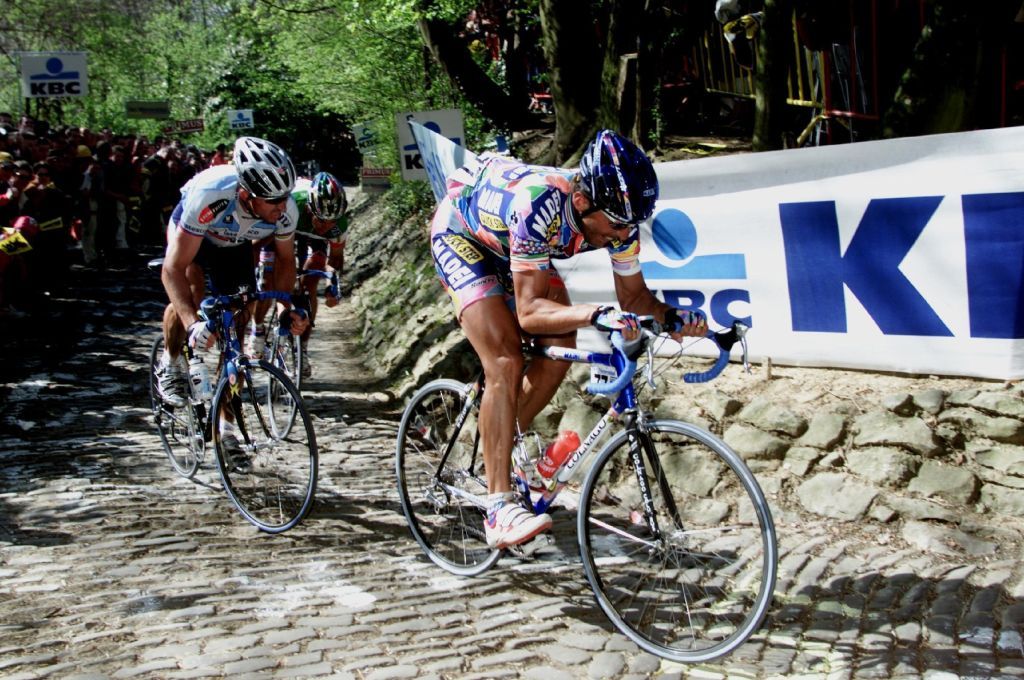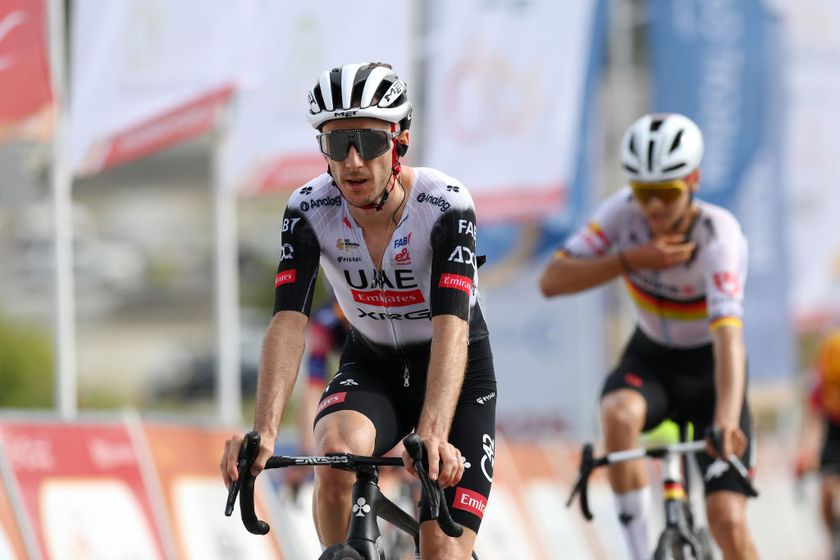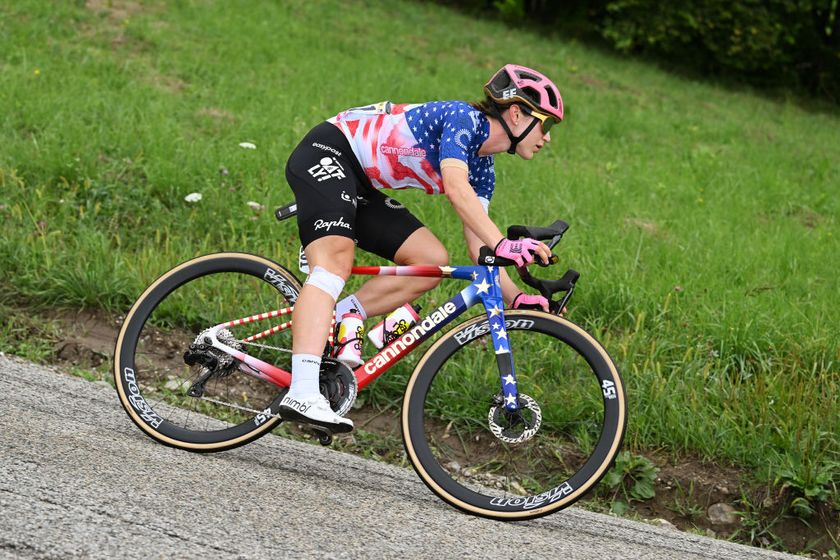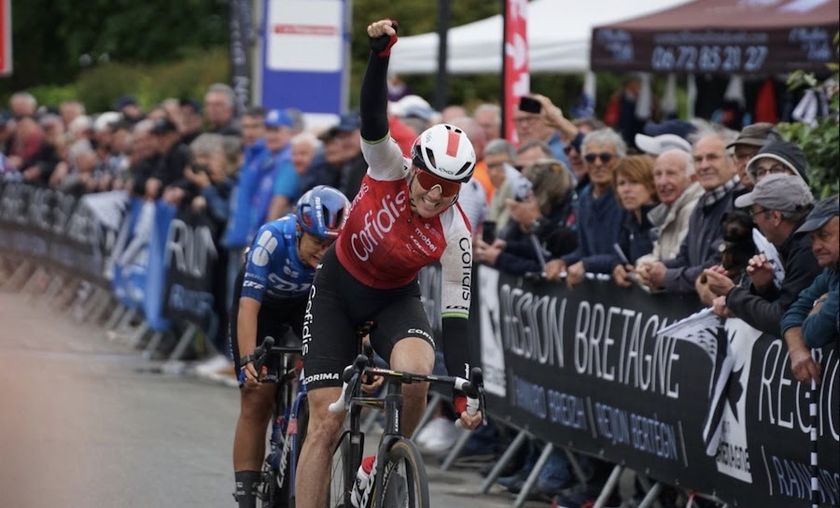Tracing the history of the Tour of Flanders
Bring on the bergs

The Spring Classics are back and with them the hills of the Flemish Ardennes. However, the hellingen were not always so integral to the great one-day races of Flanders…
Having written a book about the five “Monuments” of cycling, the question that I am most often asked is which one of them is my favourite. My rather corny answer is that they all are. Milan-San Remo ushers in the spring and offers beautifully balanced unpredictability. Paris-Roubaix is spectacularly unique. Liège-Bastogne-Liège is arguably the toughest race all year, while The Tour of Lombardy is probably the most stunning. Yet, I have to admit the Tour of Flanders stands out for me not only because of the nature of the race, but most importantly because of its location in the heart of a region where cycling and cycle racing form an intrinsic part of the cultural heritage.
To understand where that passion comes from you have to go back to the early years of the twentieth century, and particularly to the year of 1912, which saw Odile Defraye become the first Belgian winner of the Tour de France and the foundation of Flemish newspaper Sportwereld. While Defraye’s victory added impetus to the already flourishing cycling scene in Belgium, the subsequent appearance of Sportwereld in September 1912 would have a more significant effect.
Bankrolled by print company owner August De Maeght, Sportwereld’s editorial directors, Leon Van de Haute and Karel Van Wijnendaele, had a specific objective beyond reporting on sport. By publishing their title in Dutch, they hoped to promote wider use of that language, which had only been recognised as Belgium’s official tongue alongside French in 1898. “We wanted to publish a paper to speak to our own Flemish people in their own language and give them confidence as Flandrians,” Van Wijnendaele later explained.
Van den Haute and Van Wijnendaele quickly decided to follow the lead of foreign sports papers by establishing a race in order to cement their title’s status. Looking particularly to Roubaix as an example, in February 1913 they unveiled plans for the Tour of Flanders, announcing that the first edition would take place in May that year.
The route of the inaugural Ronde Van Vlaanderen extended to 324 kilometres, circling the Dutch-speaking provinces of East and West Flanders and passing through all of the major towns because, as Van Wijnendaele wrote, “All Flemish cities had to contribute to the emancipation of the Flemish people.” The choice of Ghent as the start/finish location was deliberate as the French-speaking elite held sway in a city right in the Flemish heartland.
The oddity of that first edition of the Ronde given its main reason for renown in the modern era was its complete lack of hills. Racing on cobbled roads that often featured a cinder track running parallel, the 36 Belgians and one Frenchman who lined up faced an exacting but essentially flat challenge. Winner Paul Deman completed the course in a little over 12 hours, averaging a little less than 27 kilometres per hour.
Get The Leadout Newsletter
The latest race content, interviews, features, reviews and expert buying guides, direct to your inbox!
By the third edition, which took place in 1919 just months after the end of the First World War, the Ronde gained its first hills in the shape of the cobbled climbs of the Tiegemberg and Kwaremont. In 1928, the Kruisberg was added to the route. However, these three “dromedaries”, as the humps were known, remained the only climbs on the Ronde’s course – apart from a one-off appearance by the Edalareberg – until the post-war era.
By that point, the Flemish cycling scene was changing. In 1938, Sportwereld had been bought by Het Nieuwsblad, the link between the titles remaining to this day. In 1945, one of that paper’s rival titles, Het Volk, established an eponymous one-day race as a preparation race for the Ronde. That same year, the Sporting Club Kuurne also founded a one-day race, which initially took place in June but was, in 1949, moved to the same weekend as Het Volk in order to add further spice to the run-up to Flanders.
Like the Ronde, neither of these races included much climbing in the Flemish Ardennes in their early editions, although this quickly changed. Initially, Het Volk featured the Kwaremont, a move that Kuurne’s organisers emulated in 1947. However, the aspect of both of these races as well as the Ronde soon changed considerably as their organisers responded to the post-war road improvements and the rapid loss of cobbled roads, which drew the sting from the challenge they set the sport’s Classics contenders by searching out new difficulties with which to test them.
In 1950, Van Wijnendaele added the Muur at Geraardsbergen to the three “dromedaries” on the route of the Ronde. Het Volk’s organisers went even further, beefing up their race by including the Tiegemberg, Kruisberg, Edalareberg, Bosberg, Parikeberg and the Muur in addition to the Kwaremont. As the resurfacing continued, more climbs were added to all three races in order to maintain the level of difficulty, to the point where the Flemish Ardennes became the main battlefield for each of them. Het Nieuwsblad’s takeover of Het Volk in 2008 resulted in a name change for that event, but in most other respects the two races that open the Belgian Classics season and the Monument that offers their culmination have had much the same look for the past four decades.
Describing the Tour of Flanders, which he believes is the biggest one-day test of the season, three-time winner Fabian Cancellara said in 2013, “You have left, you have right, you have down, you have up, you have climbs with cobbles, climbs without cobbles, you have everything. It is a mix of everything. You have to be aware of everything.” To a large extent, Cancellara’s description could also apply to Het Nieuwsblad and Kuurne-Brussels-Kuurne. They set the mood for the following five weeks of action in and around the Flemish Ardennes, giving riders and fans a reminder of iconic locations and a very unique style of racing in one of the major heartlands of cycle sport. Bring on the bergs!
Peter Cossins is the author of The Monuments: The Grit and the Glory of Cycling’s Greatest One-Day Races (Bloomsbury 2014); De Monumenten: Het Verhaal Achter de 5 Grooste Wielerklassiekers (Manteau 2014)



